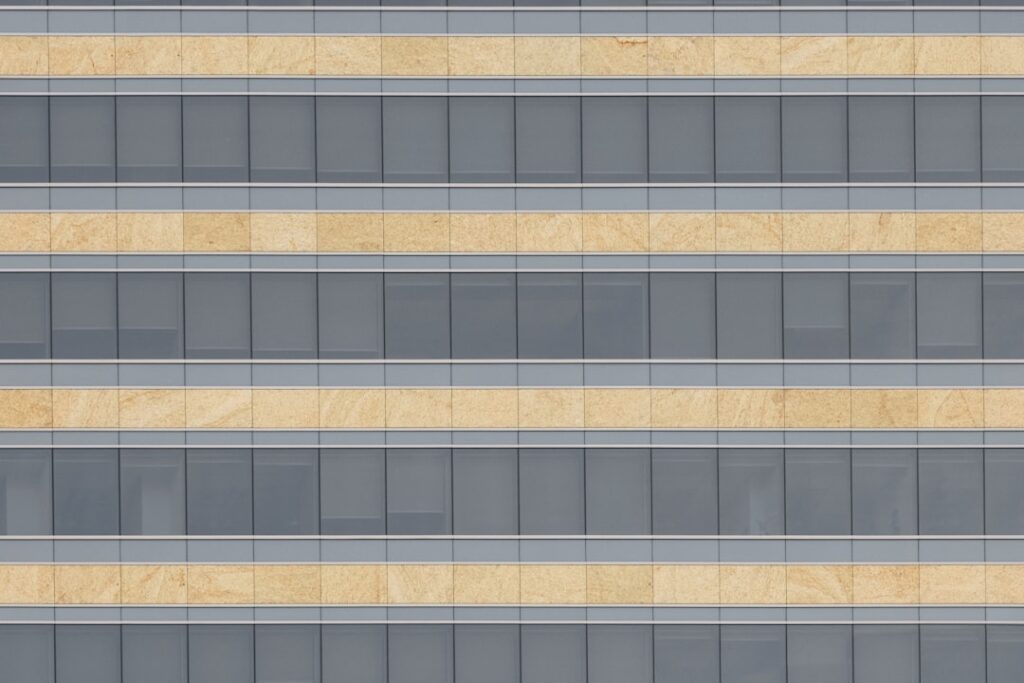Cumulative Layout Shift (CLS) is a critical metric that measures the visual stability of a webpage. It quantifies how much the content on a page shifts during its loading phase, which can lead to a frustrating user experience. As I delve into the intricacies of CLS, I realize that it is not just a technical term but a vital aspect of web design that directly impacts user engagement and satisfaction.
A high CLS score indicates that elements on the page are moving around unexpectedly, which can cause users to click on the wrong buttons or lose their place while reading. This instability can lead to increased bounce rates and decreased conversions, making it essential for web developers and designers to understand and manage. The importance of CLS has gained significant attention with the rise of Core Web Vitals, a set of metrics introduced by Google to assess user experience on the web.
As I explore this topic further, I recognize that CLS is not merely a number; it reflects the overall quality of a website. A low CLS score signifies a smooth and stable experience for users, while a high score can indicate potential issues that need addressing. Understanding CLS is crucial for anyone involved in web development, as it directly correlates with user satisfaction and search engine rankings.
By prioritizing visual stability, I can create a more engaging and user-friendly experience for visitors.
Key Takeaways
- CLS is a metric that measures the visual stability of a web page as it loads, and it is an important factor for user experience and SEO.
- Common causes of CLS include images and videos without dimensions, dynamically injected content, and ads and third-party scripts.
- Tools for measuring CLS include Google PageSpeed Insights, Lighthouse, and Chrome DevTools.
- Strategies for addressing CLS include optimizing web fonts, preloading key resources, and using CSS aspect ratio boxes for images and videos.
- Optimizing images and videos by using modern formats, lazy loading, and responsive design can help reduce CLS.
Identifying Common Causes of CLS
As I investigate the common causes of Cumulative Layout Shift, I find that several factors contribute to this issue. One of the primary culprits is the absence of size attributes for images and videos. When these media elements load without defined dimensions, the browser cannot allocate space for them in advance, leading to unexpected shifts as they appear on the page.
This lack of foresight can disrupt the flow of content and frustrate users who are trying to interact with the site. By ensuring that all media elements have specified dimensions, I can significantly reduce the likelihood of layout shifts. Another significant factor contributing to CLS is the dynamic loading of content, such as advertisements or third-party scripts.
When these elements load asynchronously, they can push existing content down or cause it to shift unexpectedly. This situation often arises with ads that are not properly sized or when new content is injected into the page without consideration for its impact on layout stability. As I reflect on my own experiences, I realize that managing these dynamic elements is crucial for maintaining a stable user experience.
By identifying and addressing these common causes, I can take proactive steps to minimize CLS and enhance overall site performance.
Tools for Measuring CLS

To effectively tackle Cumulative Layout Shift, I need reliable tools to measure and analyze this metric. One of the most widely used tools is Google’s Lighthouse, which provides comprehensive insights into various performance metrics, including CLS. By running audits through Lighthouse, I can obtain detailed reports that highlight specific areas where my site may be experiencing layout shifts.
This tool not only measures CLS but also offers actionable recommendations for improvement, making it an invaluable resource in my optimization efforts. In addition to Lighthouse, I also find value in using Chrome DevTools. This built-in feature allows me to simulate different network conditions and view how my site performs in real-time.
By monitoring layout shifts during page load, I can pinpoint exactly when and where these shifts occur. Furthermore, tools like WebPageTest provide additional layers of analysis by allowing me to test my site from various locations and devices. By leveraging these tools, I can gain a deeper understanding of my site’s performance and make informed decisions to enhance its stability.
Strategies for Addressing CLS
Addressing Cumulative Layout Shift requires a multifaceted approach that encompasses various strategies. One effective method is to prioritize the use of fixed dimensions for images and videos. By explicitly defining width and height attributes in my HTML or CSS, I can ensure that the browser reserves the appropriate space before these elements load.
This practice not only prevents unexpected shifts but also improves loading times as the browser can render content more efficiently. Another strategy involves managing third-party scripts and advertisements carefully. Since these elements can introduce significant layout shifts if not handled properly, I make it a priority to use asynchronous loading techniques where possible.
By loading scripts in a way that does not block rendering or disrupt existing content, I can maintain a more stable layout throughout the loading process. Additionally, I consider using placeholder elements for ads or dynamic content to reserve space in advance, further minimizing the risk of layout shifts.
Optimizing Images and Videos to Reduce CLS
Optimizing images and videos is a crucial step in reducing Cumulative Layout Shift on my website. One of the first actions I take is to ensure that all images are appropriately sized for their display context. By using responsive images with the `srcset` attribute or CSS techniques like `object-fit`, I can deliver images that fit seamlessly within their designated spaces without causing layout shifts.
This attention to detail not only enhances visual stability but also improves loading times and overall performance. In addition to sizing, I also focus on image formats and compression techniques. Utilizing modern formats like WebP or AVIF allows me to deliver high-quality visuals with smaller file sizes, which contributes to faster loading times.
Furthermore, implementing lazy loading for off-screen images ensures that only visible content loads initially, reducing the initial load time and minimizing potential shifts as users scroll down the page. By combining these optimization techniques, I can create a visually appealing site while significantly reducing CLS.
Managing Advertisements and Third-Party Scripts to Minimize CLS

Managing advertisements and third-party scripts effectively is essential for minimizing Cumulative Layout Shift on my website. One approach I adopt is to reserve space for ads by using placeholder elements with defined dimensions. This practice ensures that when ads load, they do not push other content around unexpectedly.
By allocating space in advance, I can maintain a stable layout even when dynamic content is introduced. Additionally, I prioritize using asynchronous loading for third-party scripts whenever possible. This technique allows my main content to load without being blocked by external resources, reducing the chances of layout shifts occurring during the loading process.
Furthermore, I carefully select ad networks and third-party services that prioritize performance and provide options for responsive ad units. By taking these steps, I can effectively manage external elements on my site while minimizing their impact on layout stability.
Testing and Monitoring CLS Improvements
Once I implement strategies to address Cumulative Layout Shift, it becomes crucial to test and monitor improvements continuously. Regularly running performance audits using tools like Google Lighthouse allows me to track changes in my CLS score over time. By comparing results before and after optimizations, I can assess the effectiveness of my efforts and identify any remaining issues that need attention.
In addition to periodic audits, I also set up real-time monitoring using tools like Google Search Console or web analytics platforms. These tools provide insights into user interactions and help me understand how changes impact real-world performance. By keeping a close eye on CLS metrics and user feedback, I can make informed decisions about further optimizations and ensure that my website remains stable and user-friendly.
Best Practices for Preventing CLS in Future Development
As I look toward future development projects, adopting best practices for preventing Cumulative Layout Shift becomes paramount. One fundamental principle is to always define size attributes for images and videos from the outset. By incorporating this practice into my development workflow, I can ensure that visual stability is prioritized from day one.
Additionally, I commit to regularly reviewing third-party scripts and advertisements before integrating them into my projects. By selecting reliable sources that prioritize performance and provide responsive options, I can minimize potential disruptions caused by external elements. Furthermore, staying informed about emerging web technologies and best practices will enable me to adapt my strategies as needed.
In conclusion, understanding Cumulative Layout Shift is essential for creating a seamless user experience on the web. By identifying common causes, utilizing measurement tools, implementing effective strategies, optimizing media content, managing advertisements carefully, testing improvements regularly, and adhering to best practices in future development, I can significantly reduce CLS on my website. Ultimately, this commitment to visual stability will enhance user satisfaction and contribute to the overall success of my online presence.
